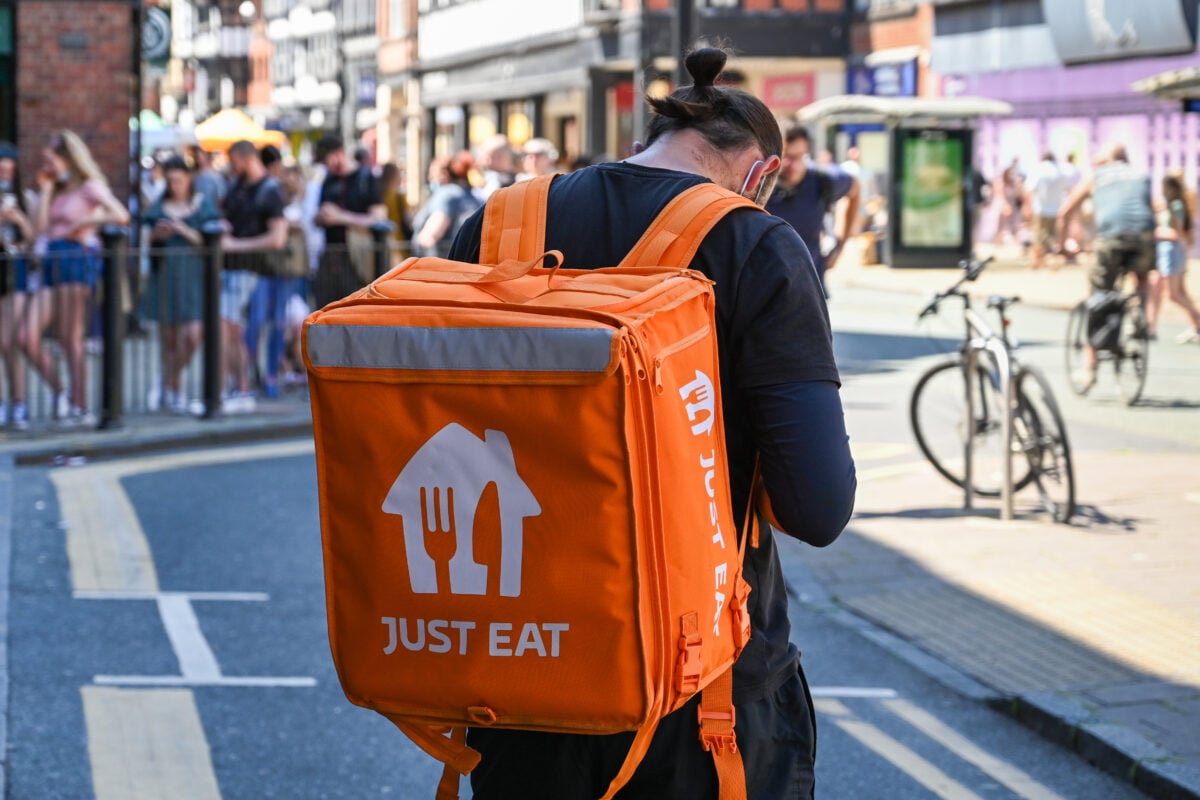TLDRs;
- Just Eat Takeaway is cutting 450 jobs globally, citing efficiency gains from AI and automation integration.
- The layoffs mainly target customer service and sales administration across multiple international markets.
- The company is piloting autonomous delivery robots in Switzerland to expand automation beyond back-office roles.
- Rising competition and post-pandemic cost pressures are pushing Just Eat toward tech-driven efficiency.
Dutch food delivery powerhouse Just Eat Takeaway is pressing ahead with sweeping automation measures that will see around 450 jobs eliminated worldwide, the company announced this week.
The cuts affect roles across customer service and sales administration and are part of a broader shift toward integrating artificial intelligence (AI) and automation into its daily operations.
The company framed the restructuring as a strategic effort to streamline operations while improving the experience for both customers and restaurant partners.
“By having a more streamlined approach, we believe we will be able to further enhance the experience for our consumers and partners,” Just Eat said in a statement.
The layoffs, which account for less than 5% of the firm’s total workforce, mark the latest round of structural changes at the Amsterdam-headquartered company.
Balancing Growth and Competition
Founded in 2000, Just Eat Takeaway has grown into one of Europe’s largest food delivery platforms, with operations in 17 countries and tens of thousands of couriers, most of them part-time workers. The company generates its revenue primarily from commissions on restaurant orders placed through its platform.
But while the company thrived during the COVID-19 pandemic, with more people ordering meals from home, its fortunes have since shifted. Rising costs of living in key markets, coupled with fierce competition from rivals like Uber Eats and DoorDash, have placed pressure on Just Eat’s margins.
The move toward automation and AI appears designed to cut costs and boost efficiency, ensuring the company remains competitive in a crowded industry.
Betting on Robotics and AI Delivery
Beyond back-office functions, Just Eat is also betting on AI-powered delivery technologies. Last month, the company began testing Europe’s first walking delivery robots in Zurich, Switzerland. Developed in partnership with Swiss robotics firm RIVR, the robots can climb stairs, navigate curbs, and operate in varied weather conditions.
We're excited to pilot physical-AI ground robotics for food delivery in Zurich! These innovative robots can climb stairs, avoid obstacles, and handle all weather, bringing you your favourite meal. Read more in our newsroom!🤖 🦾https://t.co/7WgNZYFd2p
— Just Eat Takeaway.com (@JustEatTakeaway) August 21, 2025
Capable of carrying up to 40 liters of food, the robots are monitored remotely and designed with safety features such as lights and flags. Customers unlock their orders via mobile app once the robot arrives at their doorstep.
This experiment follows Just Eat’s previous ventures into robotics and drone delivery, including a 2016 pilot with Starship Technologies in London and later drone trials in Ireland. While many of these projects have remained in testing stages, the renewed push highlights the company’s determination to integrate automation from ordering to doorstep delivery.
A Future Built on Technology
Industry analysts suggest that Just Eat’s restructuring is part of a wider trend among tech-driven delivery firms to optimize costs through digital tools. The adoption of AI-powered customer service and the pilot use of autonomous robots illustrate how technology is shaping the future of on-demand delivery.
Still, the human impact of these changes cannot be ignored. With hundreds of employees across multiple countries facing job cuts, questions remain about how food delivery companies will balance cost-saving measures with worker well-being.
As Just Eat Takeaway pivots toward AI and automation, its success will likely depend on whether these innovations can deliver not just financial efficiency, but also the convenience and reliability that customers demand in an increasingly competitive market.






